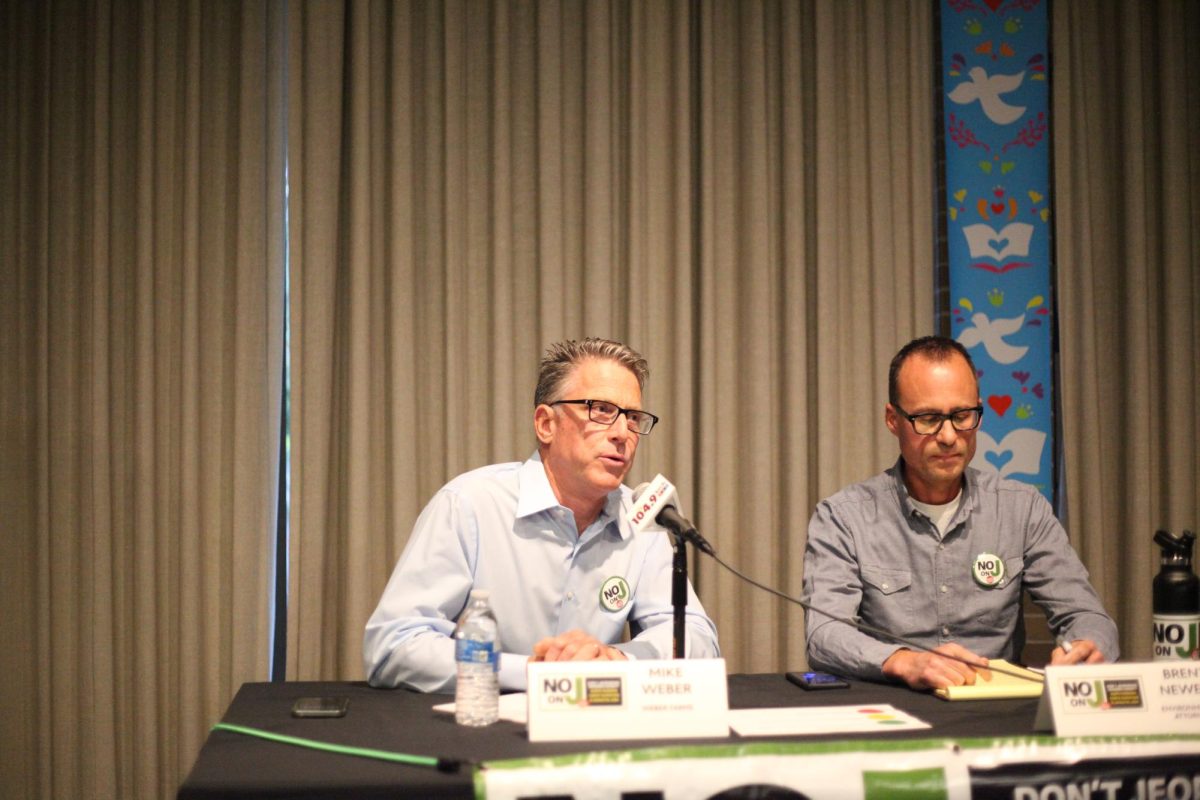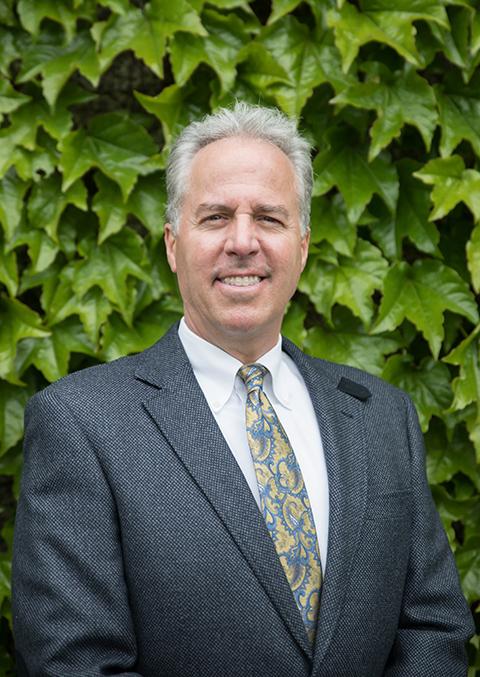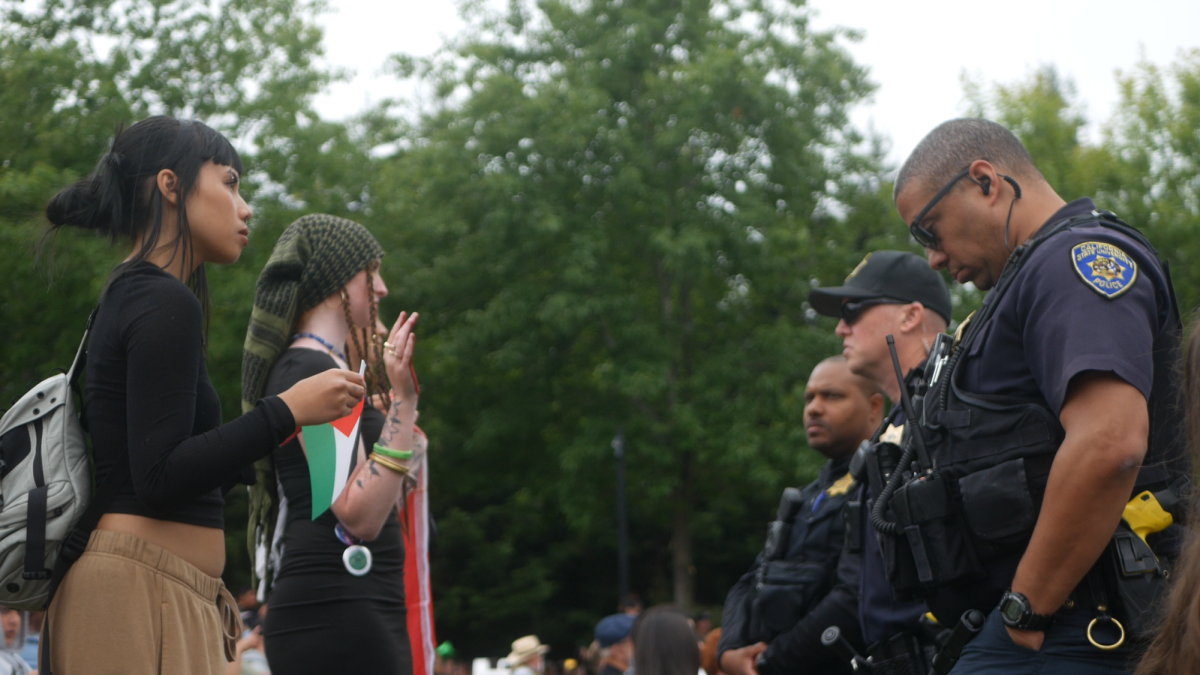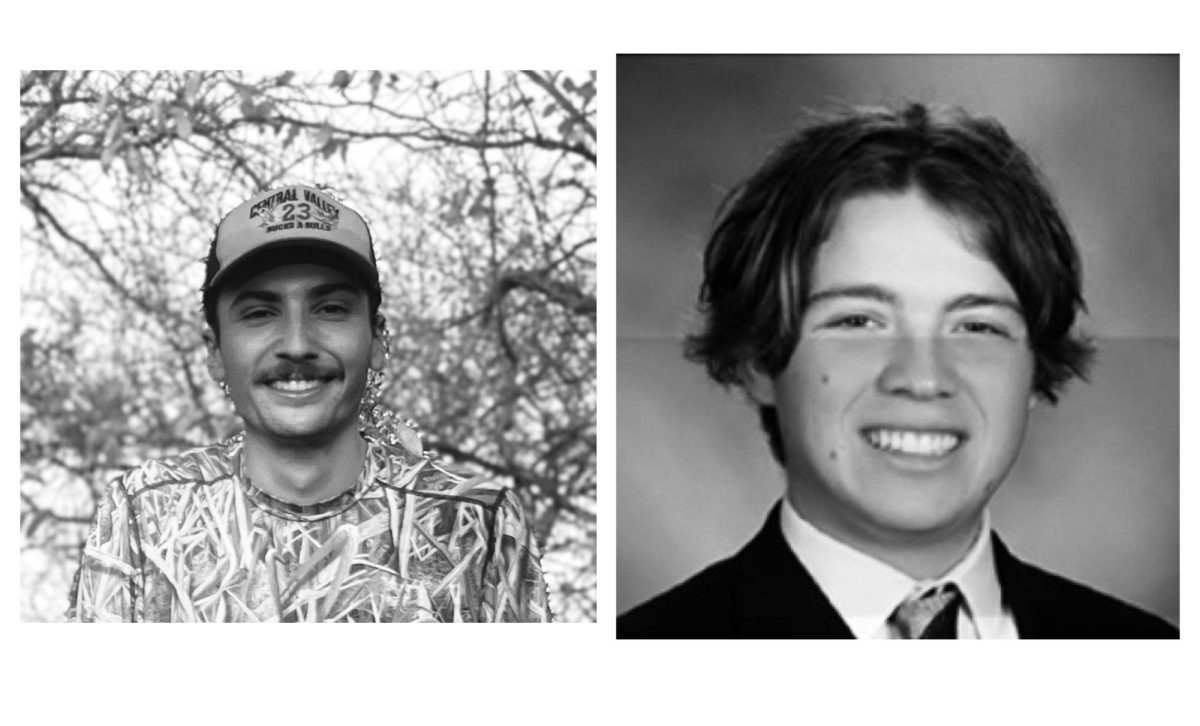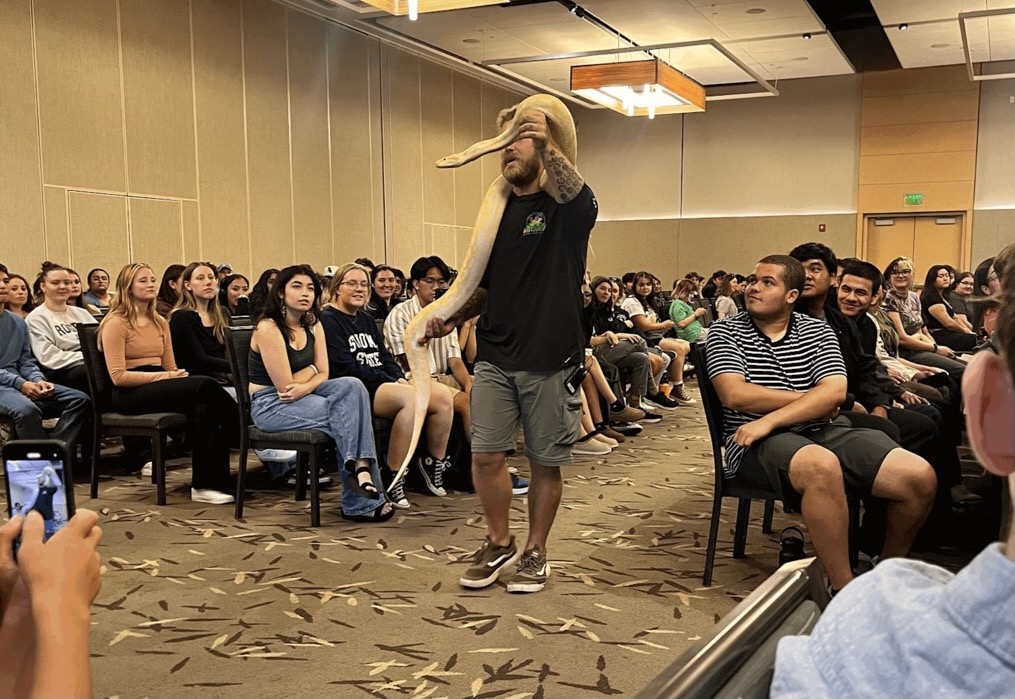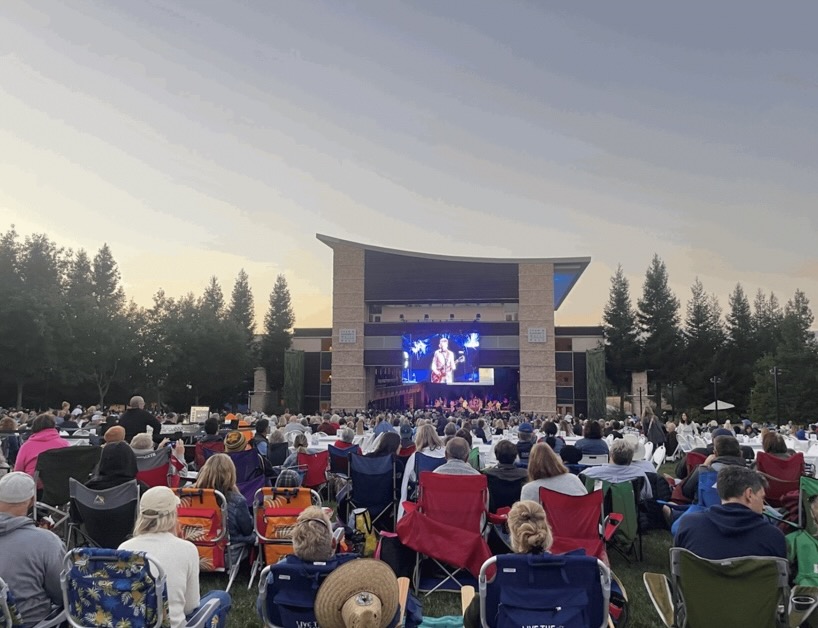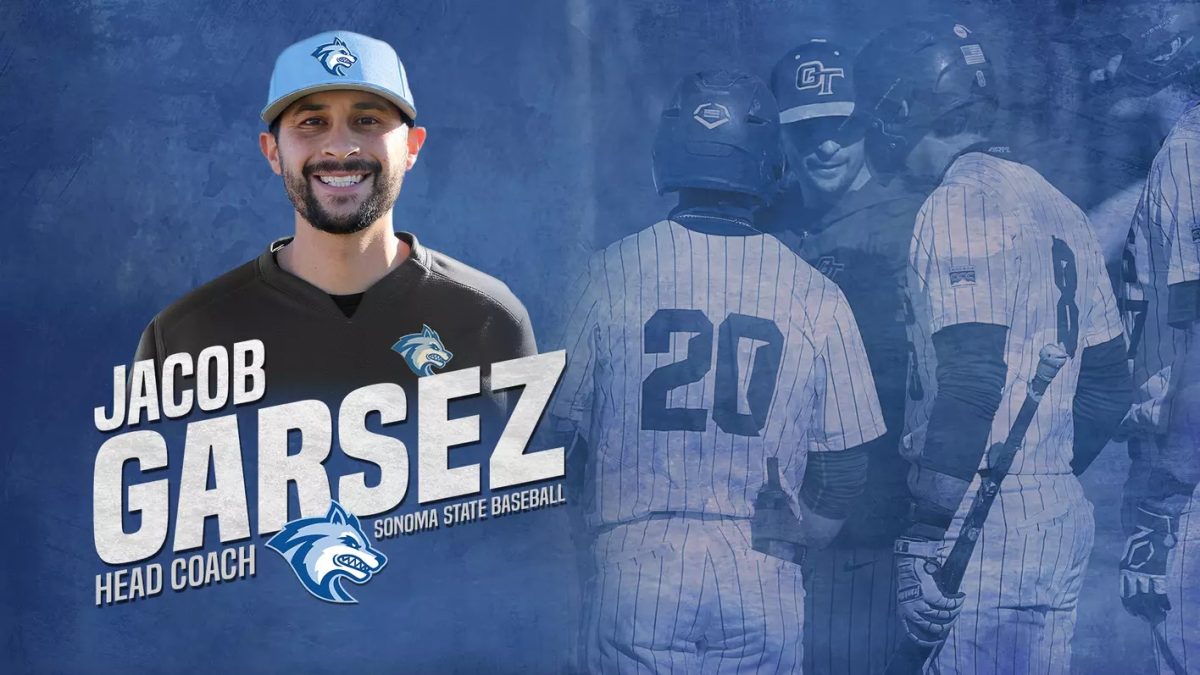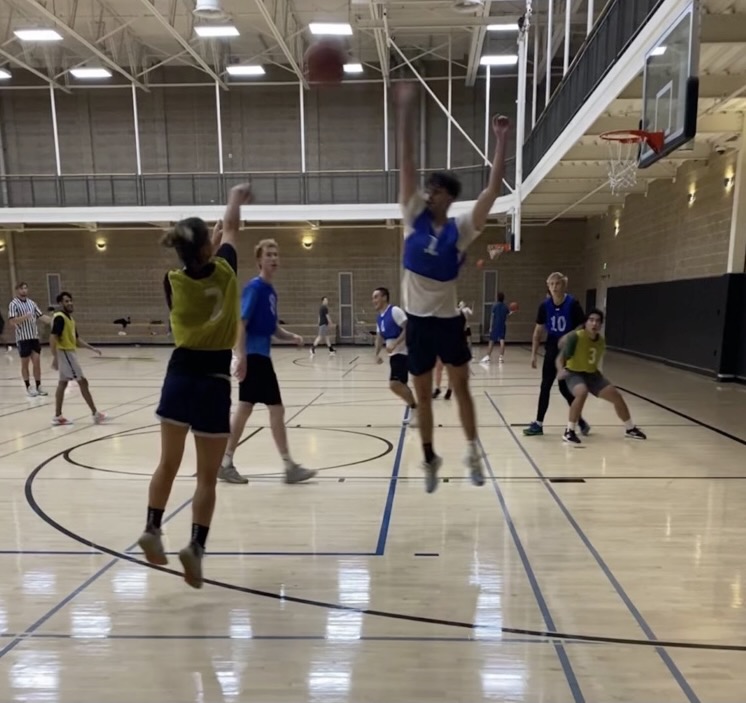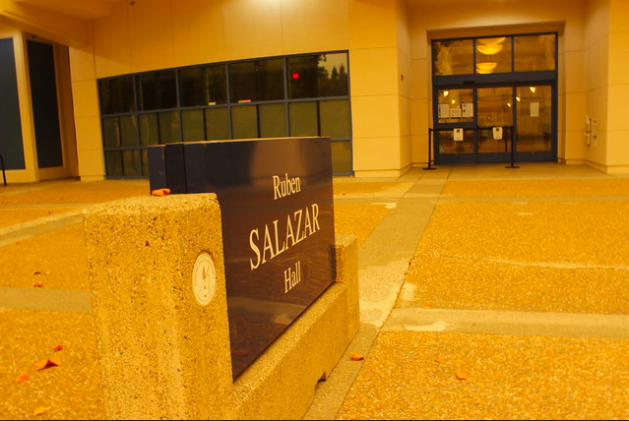Ruben Salazar, the namesake of Sonoma State University’s Salazar Hall, could have been 92 years old if he was alive today.
50 years ago, on Aug. 29, Salazar was killed when struck by a tear-gas projectile fired by a Los Angeles County Sheriff’s deputy during an East Los Angeles civil rights disturbance. He was a journalist covering the “National Chicano Moratorium March” for the Los Angeles Times and an L.A. based Spanish-language news station, KMEX.
During his career, Salazar worked at newspapers, including the El Paso Herald-Post, L.A. Times, and The Press Democrat and was often the only Latino reporter wherever he worked and reported.
In 1979, SSU named its library in honor of Salazar. When the library moved to the Shultz Information center in Aug. 2000, the former Salazar Library was renamed Salazar Hall and became a host to many student educational and administrative services, including: Financial Aid, Seawolf Services, student classrooms and the Journalism Laboratory.
Dr. Rick Luttman, professor emeritus and former Chair of the Academic Senate, can remember why Salazar was chosen to be the library’s namesake. He said, “He was a martyr for the cause, the cause being the free flow of information. It was appropriate that the library be named where we stored our information.”
Luttmann remembered controversy occurring on campus over the demotion of the “Salazar Library” into “Salazar Hall” and that some Chicano activists would have preferred the legacy of Salazar stay attached to the library. He said the sentiment from some was, “Why name the library for his contributions then just leave it to be the name of a building?…the intention was to be the Ruben Salazar Library.”
Schulz Information Center, a $43.8 million undertaking, received a $5 million donation from Jean and Charles Schulz. It is named after the famous cartoonist and his wife, a former SSU alumna.
According to the calstate.edu website in a section called “California State University Policy And Procedure On Naming California State University Facilities And Properties,” a building can be named after a donor when a gift is involved or “in a rare instance, when no donor gift is involved.” When no donor gift is involved, the name of a building is intended to “honor a person who has achieved unique distinction in higher education and other significant areas of public service.”
Many students have never heard of Salazar’s legacy. Kyle Jordan, a senior transfer student at SSU, wasn’t aware of precisely what building Salazar Hall was and had “never heard of him or his story before.”
SSU alumni Matt Puppo said, “I believe Sonoma State has not done its due diligence in educating their students of buildings’ name sakes. Now would be as good of time as any for a possible monument explaining the name of the building and the story of the journalist who gave the building its name.”
Prospective student Lyndsey Burcina, a Sonoma County resident, said, “As someone who works heavily in police oversight and addressing racial justice disparities in Sonoma County, I would be extremely disappointed if SSU ever renamed the hall. It was honoring someone who continued to be a voice for equity and died at the hands of those who… let their power get to their heads.”
Many news sources point out the similarities between the Black Lives Matter protests and the Chicano protests Salazar covered.
In an article from the L.A. Times titled, “Police violence against journalists recalls slaying of Ruben Salazar,” journalist Daniel Hernandez writes, “No journalists have been killed so far in the Black Lives Matter protests this year, but several have suffered serious injuries. And for many in Southern California, analogous elements between 1970 and 2020 are hard to ignore.”
Hernandez also wrote, “According to watchdog groups, the hundreds of attacks against journalists documented on U.S. soil this spring amount to the most serious threat to 1st Amendment protections in recent history.”
Salazar himself often wrote about police brutality and mistreatment of Chicanos in America. In a L.A. Times column called, “Why Does Standard Jul. 4 Oratory Bug Most Chicanos?,” Salazar wrote, “For too long the American Flag, the Chicanos agreed, has been the symbol of those who insist that property rights are more important than human rights.”
Luttmann, who taught on campus when Salazar was killed and when the library was named after him, believes that what happened to Salazar 50 years ago feels too familiar. He said, “It’s almost as if we are still living in the same era 50 years later with out of control police departments.”
Despite current political unrest mirroring Salazar’s era, nothing has been formally planned on any SSU website to honor the 50 year anniversary of Salazar’s death. The SSU library does have a “Ruben Salazar Collection” that includes clippings of newspaper articles Salazar wrote, photographs dedicated by his wife Sally, articles about his life and documentaries about his death. The collection is available to view by appointment during non-COVID times.

